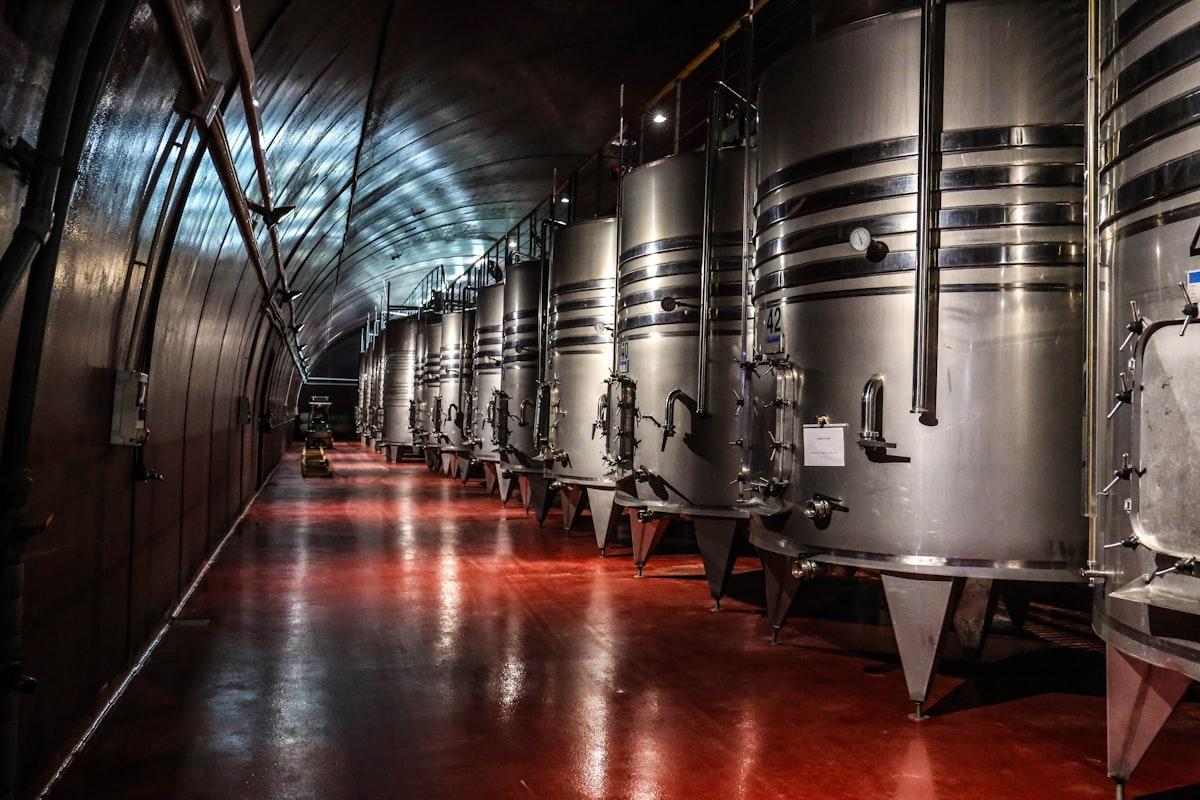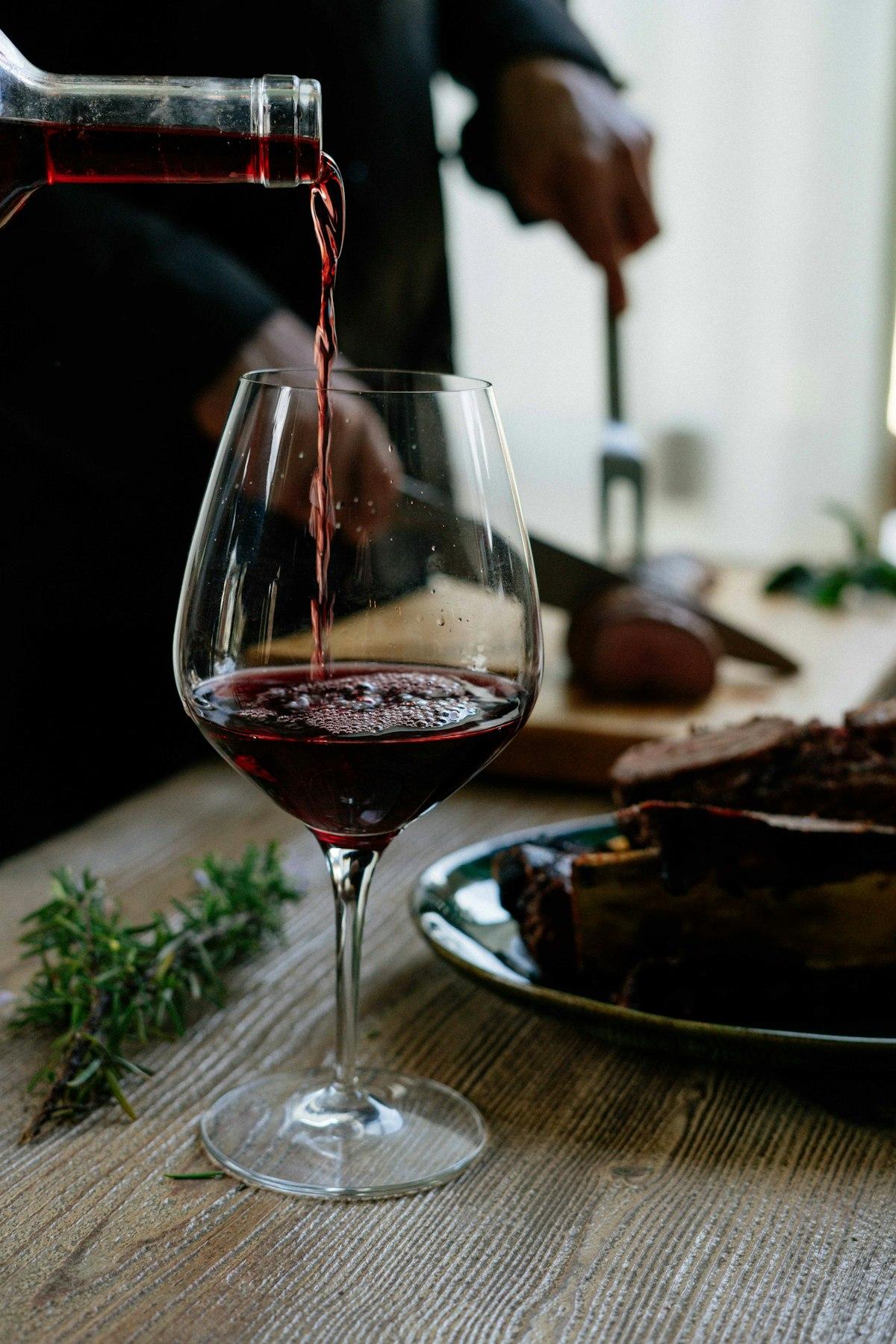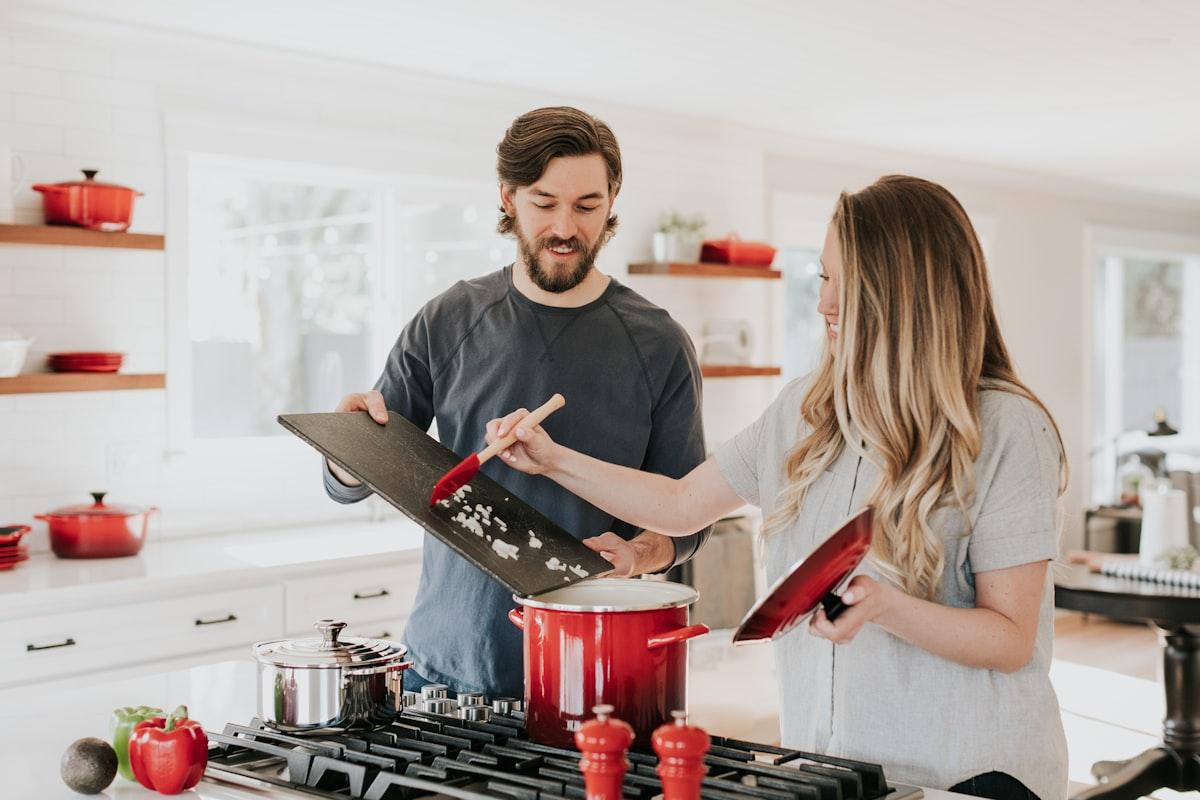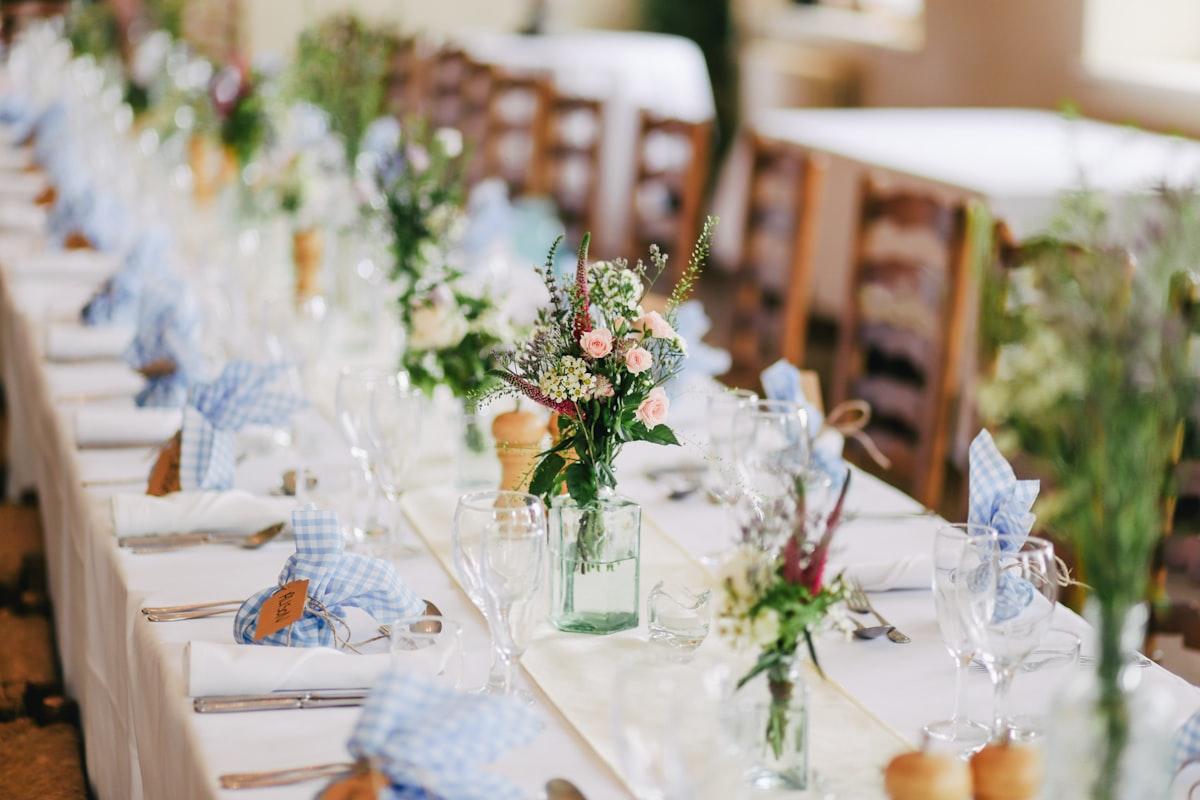- Restoria, Arrondissement, Paris 9578
- Daily : 8.00 am to 10.00 pm
- 05 January, 2025
- By: Leopoldo Beier
- Wine & Beverages
Our sommelier shares insights into the art and science of wine pairing, helping you elevate your dining experience.
Beyond Red with Meat, White with Fish

Wine pairing has evolved far beyond the old adage of "red wine with red meat, white wine with fish." While these classic pairings often work, understanding the principles behind successful matches opens up a world of exciting possibilities. At Restoria, our sommelier, Marie Dubois, has curated a wine program that both honors tradition and embraces innovation.
The Fundamental Principles
Successful wine pairing is about balance and harmony. The wine shouldn't overpower the food, nor should the food dominate the wine. Instead, they should dance together, each enhancing the other's best qualities. Marie explains, "Think of wine pairing like arranging music. You want complementary notes that create a beautiful symphony, not competing melodies that clash."
Weight and Intensity

One of the most important considerations is matching the weight and intensity of the wine with that of the dish. A delicate sole meunière would be overwhelmed by a bold Cabernet Sauvignon, just as a hearty beef stew would render a light Pinot Grigio invisible. "I always ask myself: How rich is this dish? How intense are its flavors? Then I choose a wine with similar characteristics," Marie notes.
For example, our pan-seared scallops with cauliflower puree and brown butter calls for a wine with enough body to match the richness of the butter, but enough acidity to cut through it. We recommend a white Burgundy – its creamy texture echoes the cauliflower puree while its acidity provides balance.
Complementary vs. Contrasting Flavors
Pairings can work by either complementing or contrasting flavors. Complementary pairings echo similar flavor notes – like serving an earthy Pinot Noir with mushroom risotto. Both share those forest floor notes that amplify each other beautifully.
Contrasting pairings create balance through opposition. Our signature foie gras is served with a late-harvest Riesling. The wine's sweetness and acidity cut through the richness of the foie gras, cleansing the palate between bites while its stone fruit notes provide a delightful counterpoint to the savory liver.
The Role of Acidity
Acidity in wine is like a squeeze of lemon on food – it brightens flavors and cleanses the palate. This is why high-acid wines like Sauvignon Blanc work so well with rich, creamy dishes or anything with a tomato-based sauce. The acidity cuts through the richness and refreshes your palate for the next bite.
"Never underestimate the power of acidity," Marie emphasizes. "It's often the bridge that makes an unexpected pairing work. It's why Champagne goes with almost everything – those bubbles and that bright acidity reset your palate with each sip."
Tannins and Protein
Tannins – those compounds that make your mouth feel dry – have a special relationship with protein and fat. They bind with proteins, which is why a tannic Cabernet Sauvignon feels smoother when paired with a ribeye steak. The protein and fat in the meat soften the tannins, while the tannins help cut through the richness of the meat.
This principle extends beyond red meat. Our aged Manchego cheese plate is paired with a young Tempranillo. The cheese's protein and fat content tame the wine's tannins while the wine's structure prevents the cheese from coating your palate.
Sweetness Considerations
When it comes to sweet dishes, the wine should be at least as sweet as the food, if not sweeter. Otherwise, the wine will taste thin and acidic. This is why our chocolate lava cake is paired with a Ruby Port – its sweetness matches the dessert while its berry notes complement the chocolate beautifully.
But sweetness in wine isn't just for desserts. Off-dry wines can balance spicy foods beautifully. Our Thai-inspired seafood curry is paired with an off-dry Gewürztraminer. The wine's touch of sweetness tames the heat while its aromatic profile complements the dish's complex spices.
Regional Pairings
There's wisdom in the saying "what grows together, goes together." Regional pairings – matching food and wine from the same area – often work beautifully because they've evolved together over centuries. Our Italian menu features Tuscan wines with Tuscan-inspired dishes, and the harmony is undeniable.
Breaking the Rules
While understanding these principles is important, don't be afraid to experiment. Some of our most popular pairings break conventional wisdom. Our seared tuna with wasabi and soy is paired with a light-bodied red wine – a Beaujolais – rather than the expected white. The wine's bright fruit and low tannins complement the meaty texture of the tuna while standing up to the umami-rich soy.
The Tasting Menu Experience
Our seven-course tasting menu with wine pairing showcases the full spectrum of pairing possibilities. Each course builds on the last, taking guests on a journey through different regions, styles, and pairing philosophies. From the opening Champagne with oysters to the final Sauternes with blue cheese, each pairing is designed to surprise and delight.
Tips for Home Pairing
Marie offers these tips for those wanting to improve their pairing skills at home:
• Start with wines you enjoy and experiment with different foods
• Consider the sauce more than the protein – it often has more impact on the pairing
• Don't forget about texture – creamy dishes need wines with good acidity or effervescence
• Keep a pairing journal to remember what works
• When in doubt, sparkling wine or rosé are incredibly versatile options
Wine pairing is both an art and a science, but most importantly, it's about enhancing your enjoyment of a meal. Whether you follow the rules or break them, the best pairing is ultimately the one that brings you pleasure.
Tags
Leave a comment
Your email address will not be published. Required fields are marked *


